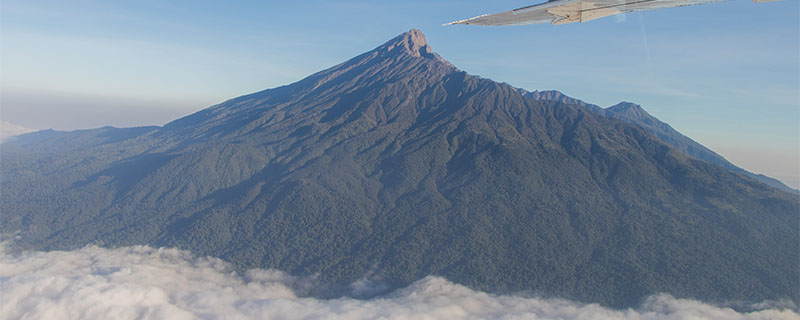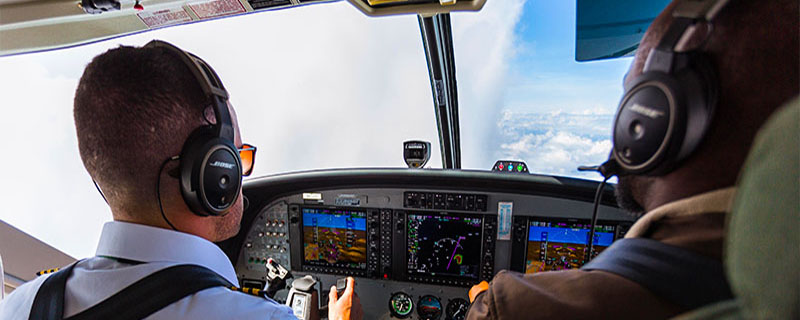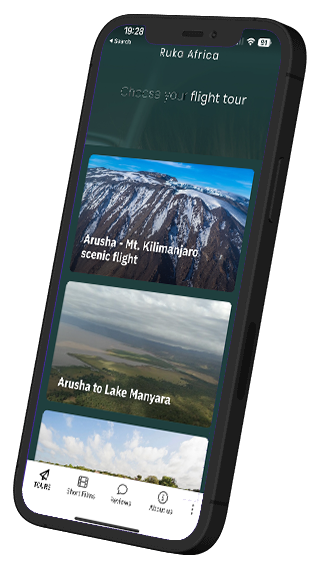Table of Contents
Aviation Practices used to save fuel and reduce tonnes of Carbon Emissions.
- Continuous Climb and Descend Operations
- Start and Clearance
- Weight
“You shouldn’t have to choose between seeing the world and saving it” (Delta Airlines, 2022).
The nature of our operation is in an environment sensitive area combined with livelihood and world heritage sites. The task of continuously operating safe and environment-friendly scenic flights is great but this unique flight provides a matching opportunity. Through efficiency, we are able to save an average of 30 liters of Jet A1 on every flight we operate. In just 55 flights, we have been able to save 1,650 liters of Jet A1 equivalent to 4.1 tonnes of Co2 emissions. To help you visualise 4.6 tonnes of Co2, It’s like driving across Africa from Lagos, Nigeria to Captewon, South African a diesel car for 2 round trips.
Discover Aviation Practices used to save fuel and reduce tonnes of Carbon Emissions.
Here are some of the ways we achieve this through aviation best practices acquired through sources such as Tanzania Civil Aviation Authority (TCAA), International Air Transport Association (IATA), International Civil Aviation Authority (ICAO) and fine dose of Responsible Aviation from Professor Paul Fidgeon from the University of West London.
-
Continuous Climb and Descent Operations (CCOs & CDOs)
This is an aircraft operating technique that allows us to continuously climb to cruising altitude or descend back for landing during our Kilimanjaro Scenic Flight. Kilimanjaro – Air Traffic Control (ATC) facilitates this operation which allows us to follow a fixed optimum flight path that delivers major economical and environmental benefits such as reduced gaseous emissions, fuel burn, fuel costs and noise without any adverse effect on safety.
During continuous climb, we set optimum thrust and climb speed, spending less time at lower altitudes burning more fuel, and more time at cruise altitude where we burn 30% – 35% less fuel. With continuous descent, minimum thrust is applied in the least resistant configuration all the way to preparing and configuring the aircraft for landing back to Arusha. This technique allows us to save 30 liters of Jet A1 on average on each flight.

-
Weight
We know holiday calories don’t count but onboard every extra kilogram has a direct impact on fuel use. The less fuel we use, the lower our carbon emissions are. We fill the required fuel which includes taxi, trip, holding, etc plus extra for diverting to our alternate destination. Proceeding flights are fueled upon returning to maintain our standard required fuel. 98% of our flights return back to Arusha airport. This enables passengers to leave their check-in and carry on bags with our ground crew taking only the necessaries onboard keeping the total aircraft weight lower.

3. Start and Clearance Request
Before each start of a flight, the crew would request from Arusha Air Traffic Controller for their clearance. This information is liased to Kilimanjaro Air Traffic Control for approval or expected delays should there be conflicting traffic. Once the crew receives approval they are cleared to start and taxi to the runway. This reduces unnecessary fuel burn as a result of any delays during the start, taxi, and takeoff phases of the flight.






